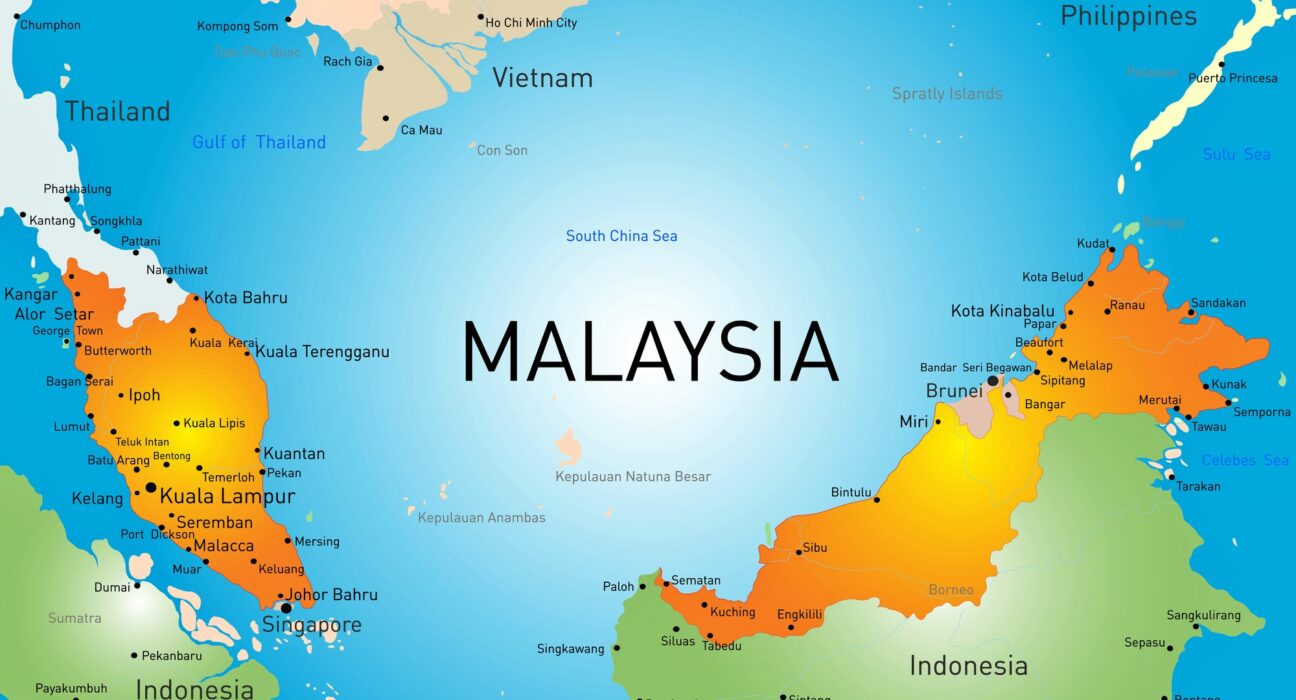Amid the looming threat of a 25% tariff on Malaysian exports to the US, Malaysia took bold steps to cushion its economy. On July 9, Malaysia’s central bank, Bank Negara, announced a benchmark interest rate cut for the first time in half a decade. The move aimed to shore up the country’s economic resilience in the face of a murky global trade outlook and mounting uncertainties.
“The reduction in the OPR is a pre-emptive measure aimed at preserving Malaysia’s steady growth path amid moderate inflation prospects,”
noted Bank Negara. This proactive stance underscores Malaysia’s commitment to maintaining its economic momentum amidst challenging external factors.
The decision to slash the overnight policy rate by 25 basis points from 3% to 2.75% was anticipated by most economists surveyed. The adjustment also included corresponding reductions in the ceiling and floor rates of the OPR corridor to 3% and 2.5%, respectively.
The rate cut came swiftly after US President Donald Trump’s announcement of imposing tariffs on Malaysian exports—a move that could have significant repercussions on Malaysia’s economy. Prime Minister Anwar Ibrahim wasted no time and expressed his intention to negotiate for reduced tariffs during his upcoming meeting with US Secretary of State Marco Rubio.
Bank Negara highlighted concerns over global growth dampened by tariff uncertainties and geopolitical tensions, warning of potential spikes in financial market volatility and commodity prices as repercussions loom large.
While Malaysia has shown robust economic performance, external headwinds pose risks to its growth trajectory. With recent indicators signaling a slowdown—such as first-quarter growth easing to 4.4%, unexpected export declines in May, and subdued inflation—the need for proactive measures became imperative.
As Mr. Anwar acknowledged earlier that meeting growth targets might be challenging amid evolving circumstances shaped by US tariff policies, Bank Negara had already hinted at revising down its growth forecast range due to these policy uncertainties.
Economists had been anticipating rate cuts throughout 2025—with expectations that any adjustments would likely hold until late 2026—but projections varied widely from 2.25% to 3%. These fluctuations further underscored the complexity and unpredictability surrounding future monetary policy decisions aimed at sustaining economic stability.
In an unprecedented move since March 2020 when facing pandemic-induced challenges, Bank Negara had earlier slashed banks’ statutory reserve requirement ratio by a substantial margin of 100 basis points down to just one percent—an additional measure reinforcing its accommodative policy stance amidst prevailing economic uncertainties.
Malaysia remains vigilant yet open-minded as it navigates through these turbulent times—with an eye towards safeguarding its economic interests while fostering constructive dialogues with key trading partners like the United States.

